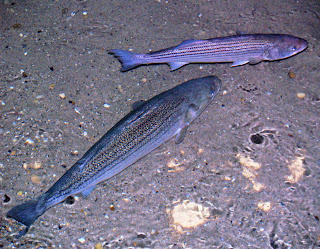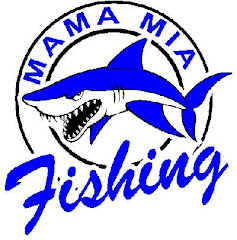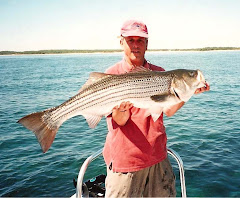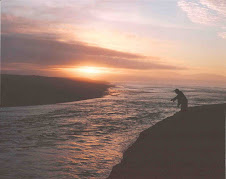
Edges, corners and points of transition are attractors for all sorts of fish and game. Fishermen and hunters alike gravitate toward contour changes in pursuit of quarry that have a proclivity for these areas as well. A big largemouth on an outer edge of a submerged brush pile, a huge buck in the corner of a woodlot or striped bass at the transition point from sand to rocks are all examples of locations of potential wildlife and fish activity. The salty fly fisherman would be well served to pay attention to these and other similar geographic considerations and variations in structure. Just recently I was fly-fishing a stretch of beach in the wee hours of pre-dawn. Shuffling along the sand bottom I made cast after cast without a single bass showing so much as passing interest in my fly. At one point I sensed a bottom change through my wading boot; the structure beneath my feet transitioned from smooth, soft sand to what felt like a pebbly bottom. Within two or three subsequent lateral steps, I had a nice striped bass strike my fly. A few casts later, another bass hit. At the time I didn’t think much of it and continued my way down the beach, moving off the rocky bottom and back on to sand. But after wading an additional one hundred yards without another hit, I began thinking about the pebbles and stones that had been underfoot. I retraced my steps back to that general area of change and began casting, positioning myself first over the sand bottom. I waded again laterally and as fate or luck or structure would have it, once I hit upon the pebbled bottom, more bass ate the fly. What now became an obvious revelation was that as long as I stayed within that small area of transition I caught bass. If I moved off from that preferred bottom situation the bite became non-existent. I continued to catch bass that morning as long as I stayed within the parameters of the gravely transition zone. But what was even more revealing to me was that this pattern continued for more than a week of fishing, as long as I moved from one similar area to another. Sometimes it just pays to have sensitive feet and to listen to what your wading boots are telling you!















